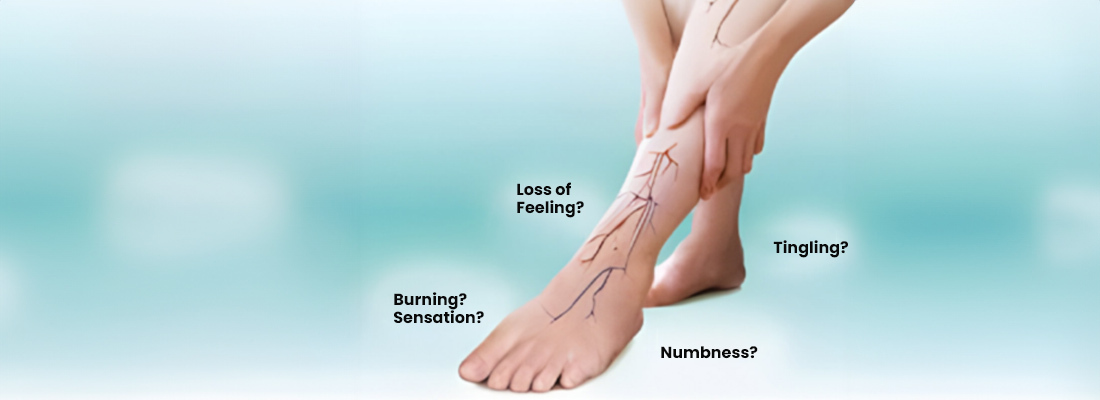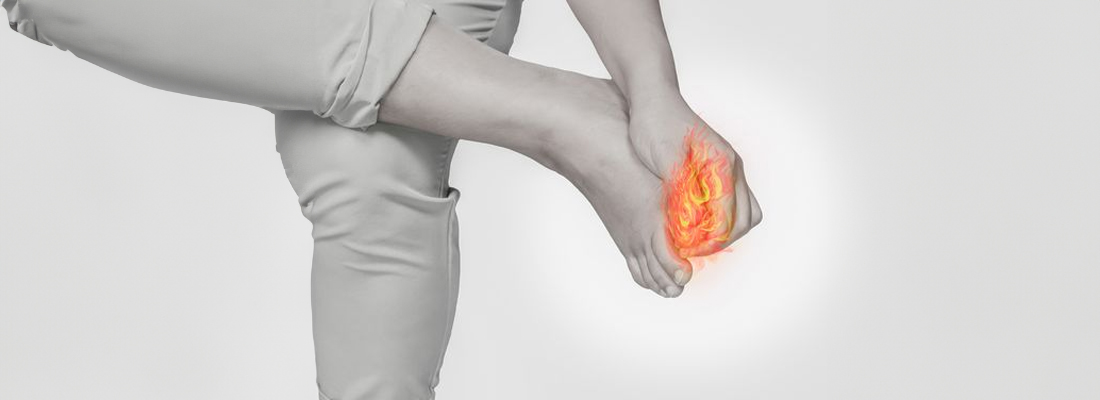Last Updated on May 24, 2024
Feeling ticklish is a fascinating phenomenon that has puzzled scientists and amused humans for centuries. It is a unique sensory experience characterized by laughter, squirming, and sometimes discomfort. But what exactly causes ticklishness, especially in the feet?
The sensation of tenderness is thought to be a result of the brain’s response to unexpected or unpredictable stimuli. When the nerve endings in our skin are stimulated by a touch, they send signals to the brain, which interprets these signals as tingly sensations, especially feet which are sensitive parts of the body and possess around 8,000 nerve endings. Certain nerve endings contain receptors for both touch and pain sensations. Due to their proximity to the skin’s surface, some of these nerve endings contribute to the ticklish sensation experienced by some individuals, particularly in the feet.
But why are some individuals more prone to ticklishness than others, and why are certain body parts more sensitive to tickling? The answers lie in the intricate wiring of our nervous system and the way our brains process sensory information. Factors such as genetics, and individual differences in nerve sensitivity all contribute to determining this condition.
So, Ticklish Feet = Diabetes?
While this prickly sensation may seem like a harmless quirk, it can sometimes be a sign of underlying health issues, particularly diabetes. Diabetes is a chronic metabolic disorder characterized by high blood sugar levels, which can lead to a range of complications affecting various organs and systems in the body.
One such complication is diabetic neuropathy, a type of nerve damage that commonly affects the feet and legs. Diabetic neuropathy occurs when prolonged exposure to high blood sugar levels damages the nerves, leading to symptoms such as tingling, numbness, burning sensations, and yes, even tenderness.
Learn more about Diabetic Neuropathy: Diabetic Neuropathy: Beginner’s Guide
 Deciphering the Signs: Tickles or Troubles?
Deciphering the Signs: Tickles or Troubles?
So, how can one tell if prickly feet are just a harmless quirk, or can ticklish feet be a sign of diabetes which leads to more serious conditions like diabetic neuropathy? Here are a few key indicators to consider

- Duration and Persistence: Is the ticklish sensation in feet persistent, or does it come and go? Chronic tingleness that lasts for weeks or months, especially when accompanied by other symptoms like tingling or numbness, may warrant further investigation.
- Other Symptoms: Pay attention to any other symptoms, such as tingling, numbness, burning sensations, or weakness in the feet or legs. These could be signs of diabetic peripheral neuropathy or other nerve-related issues.
- Risk Factors: Consider risk factors for diabetes, such as family history, obesity, sedentary lifestyle, and poor diet. If anyone has one or more of these risk factors and is experiencing this sensitivity or other unusual sensations in their feet, it is essential to consult a healthcare professional for proper evaluation and diagnosis.
Ticklish Feet? Figuring Out the Link to Diabetes
Individuals experiencing an atypical increase in foot ticklishness should consult a healthcare professional to explore the possibility of diabetes or diabetic neuropathy. Early intervention and proactive management strategies are crucial to mitigate the risk of future complications. The following are some checklists of potential approaches to consider:

- Blood Sugar Control: Keeping blood sugar levels within a healthy range is essential for preventing and managing diabetic neuropathy. Consult with the healthcare team to develop a personalized diabetes management plan that includes monitoring blood sugar levels regularly, following a balanced diet, exercising regularly, and taking medications as prescribed.
- Foot Care: Proper foot care is crucial for preventing complications in diabetics, including diabetic neuropathy. Inspect feet daily for any signs of injury, infection, or changes in sensation. Keep feet clean and dry, wear comfortable and supportive shoes, and avoid going barefoot to reduce the risk of injury.
- Regular Check-ups: Schedule regular check-ups with a healthcare provider to monitor diabetes and assess the risk of complications. Be sure to discuss any changes or concerns regarding feet or overall health.
- Lifestyle Modifications: Making healthy lifestyle choices, such as maintaining a healthy weight, quitting smoking, limiting alcohol consumption, and managing stress, can help improve overall health and reduce the risk of complications from diabetes.
Read more to learn about Diabetes care plan: Diabetes Care Plan: Type 2 Diabetics
Bottom-line
Sensitivity in the feet can be a lighthearted quirk for some, it can also serve as a potential indicator of underlying health issues, such as diabetes and diabetic neuropathy. Understanding the connection between ticklish feet and diabetes is crucial for early detection and proactive management of these conditions. Individuals experiencing an increase in foot ticklishness, especially when accompanied by other symptoms like tingling or numbness, should consult a healthcare professional for proper evaluation and diagnosis.
Staying vigilant about health and addressing symptoms promptly can aid in better management of conditions like diabetes and diabetic neuropathy. Through strategies such as blood sugar control, proper foot care, regular check-ups, and lifestyle modifications, navigating the path forward with confidence and resilience becomes possible. Remember, listening to our bodies and taking proactive steps towards better health are essential for a fulfilling and vibrant life.


 Deciphering the Signs: Tickles or Troubles?
Deciphering the Signs: Tickles or Troubles?